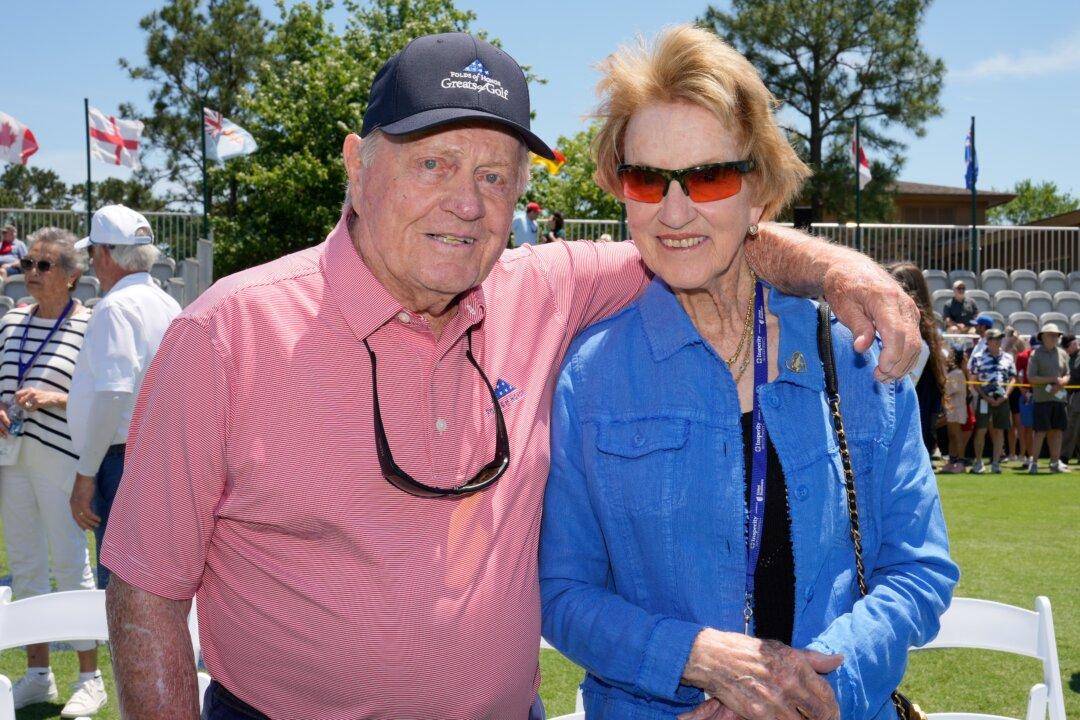This week marks the 145th Open Championship—the third jewel among golf’s four major championships. For the ninth time Royal Troon—located on the west coast of Scotland—serves as host site. As in past majors, four distinguished practicing architects weigh in on their thoughts on what makes The Open Championship one of the highlights in the golfing calendar.
MATT WARD: What makes The Open special when compared to the other three majors?
JEFF BAUER: It has history—it boggles the mind that the first Open was played when the US was just starting the Civil War. It also has unique golf compared to other tournaments.
TIM LOBB: The Open is the truest test of golf for the elite golfers as the courses are set up for precision shots whether they be in the air or along the ground. Additionally as the courses are all located on the coast they are most vulnerable to weather conditions which heightens the drama of the championship.
DOUG CARRICK: All four majors are set up to not only test the shot making skills of the best players in the world, but also to challenge their course management skills, mental fortitude and patience. In my opinion, the Open Championship does that best of all the majors. The unpredictability of links golf adds another dimension to the game that isn’t experienced in the other three majors. Changing weather conditions, strong winds, fast & firm fairways and greens, unpredictable bounces, bunkers that penalize rather than reward errant shots all add an element of intrigue and a supreme test of character.
PAUL KINDER: The clue is in the name of both the tournament and the winner, simply “The Open” and “The Champion Golfer of the Year”. The event is the first one I watched as a boy getting into the game. I grew up loving links golf and as the only major played over links venues where the shot making skills, extra judgment, creative vision and strategic thinking required normally delivers a worthy champion.






